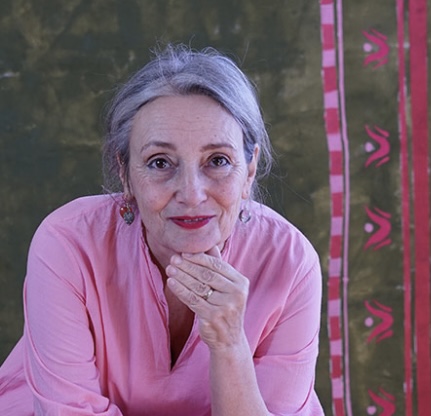A new rose named after The Princess of Wales highlights our near-universal obsession with the flower
No flower is more entwined with myth, religion, politics and the human form than the humble rose.
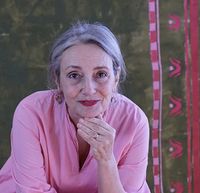
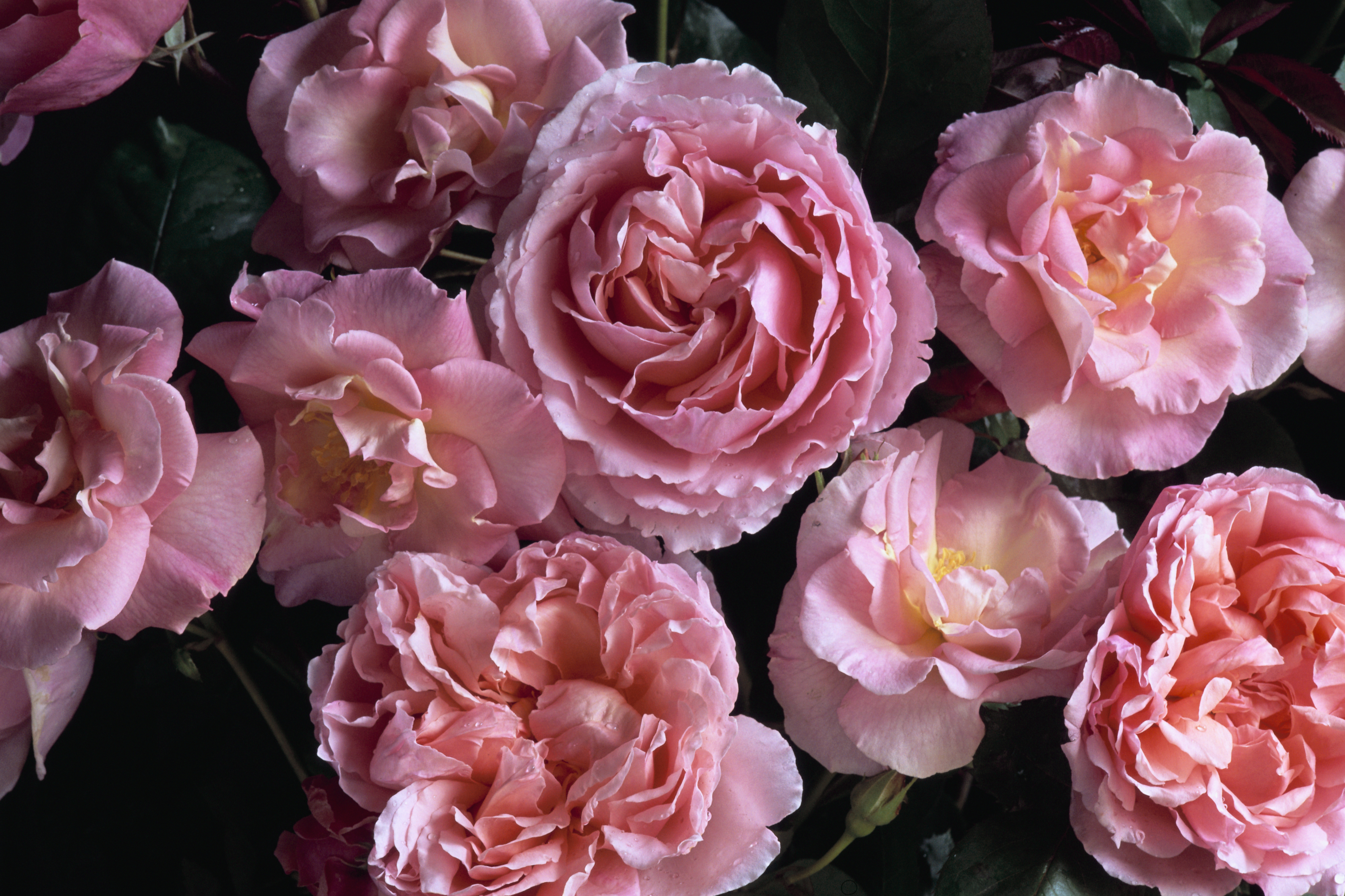
The rose is the most ravishingly beautiful and fragrant of flowers. Genus Rosa has flourished on this earth for some 40 million years and has served our physical and spiritual needs for millennia. Perhaps that is why today (May 9), the RHS announced a new rose named after HRH The Princess of Wales. The proceeds raised from 'Catherine's Rose', grown by Harkness Roses, will support The Royal Marsden Cancer Charity — which is where the Royal Family member received treatment during her own battle with the disease.
A post shared by The Prince and Princess of Wales (@princeandprincessofwales)
A photo posted by on
The rose's exquisitely delicate petals and savage prickles (commonly described as thorns) comprise a conjunction of opposites that, for centuries, has inspired writers, artists and designers who have drawn allusions to love, beauty, sexuality, sin, degradation and death. No flower is more entwined with myth, religion and other stories; cultural production and politics; nor more likened to the human — mostly female — body and emotions. Phaidon’s visually stunning new publication The Rose Book interrogates and rejoices our near-universal relationship with this flower of flowers.

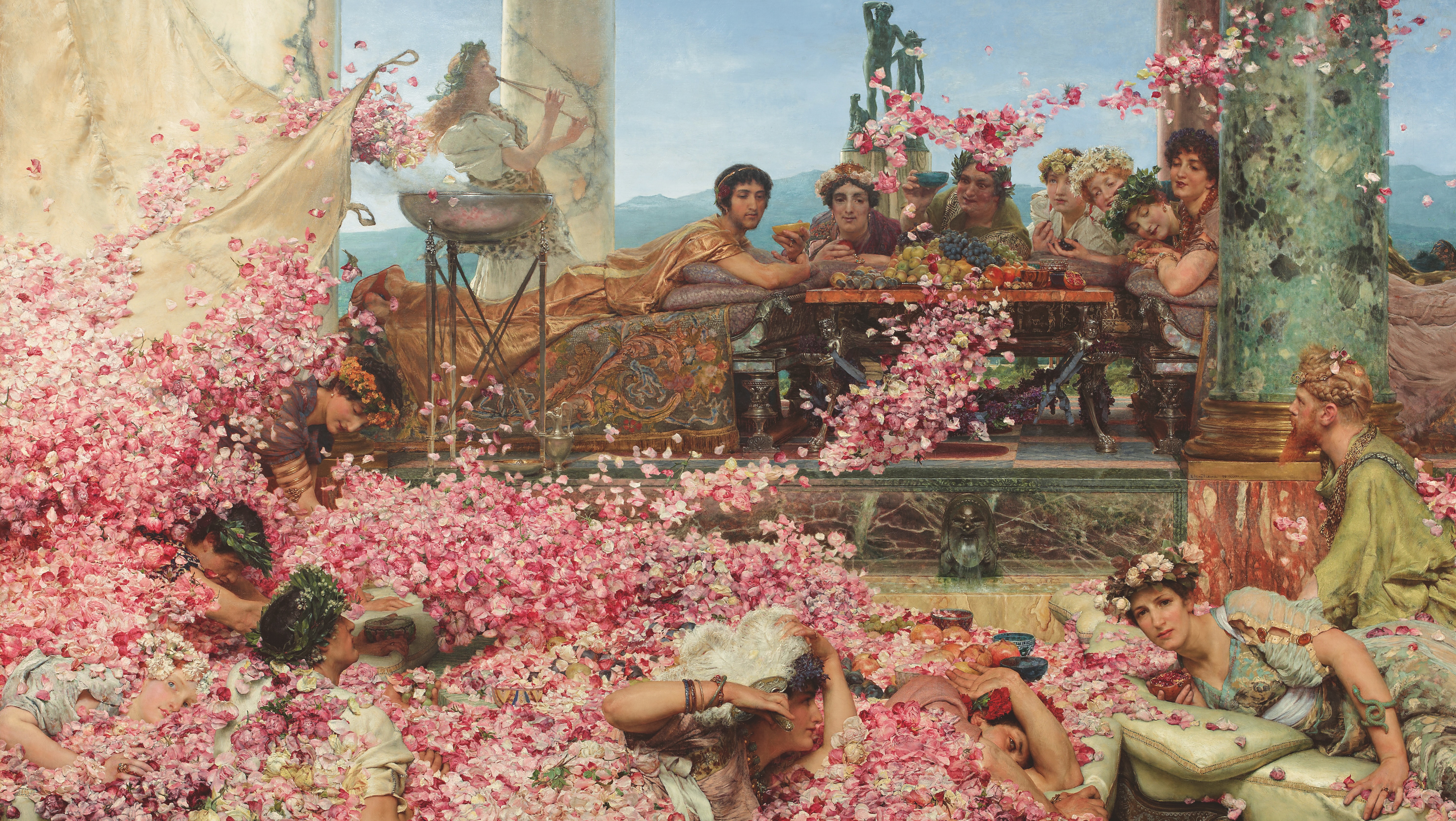
Lawrence Alma-Tadema's 1888 'The Roses of Heliogabalus'.
In the second century the rose was personified as female and crowned queen of the flowers by the Greek writer Achilles Tatius in his romantic prose Leucippe and Clitophon. Despite being the most regal of flowers, the rose is also the most common. The shrub has such a broad geographic sweep — permitting so many to enjoy it — because it is resilient, promiscuous, and rambunctious. Whilst recognising the flowers’ Asian origins and global contexts, it is the British who have claimed the rose as their own (we describe delicate-looking young women as ‘English roses’).
It was from the 1870s that the British took the lead from France in growing cultivated roses. World-leading family firm David Austin (est. 1962; based in Shropshire), no doubt familiar to readers, now offer more than 200 gorgeous ‘English rose’ varieties to local and international growers. Imagine reviving the mid-1880s vogue for rose-themed garden parties, timed at the break of day or during moonlight when the flowers are at their most fulsome and fragrant. In 1884, the Vanderbilt’s — once the wealthiest family in the US — ordered 50,000 cut roses for their New York house-warming party, to which they welcomed 1,000 guests. Even today, wearing a single fresh rose marks an occasion out as ‘special’.
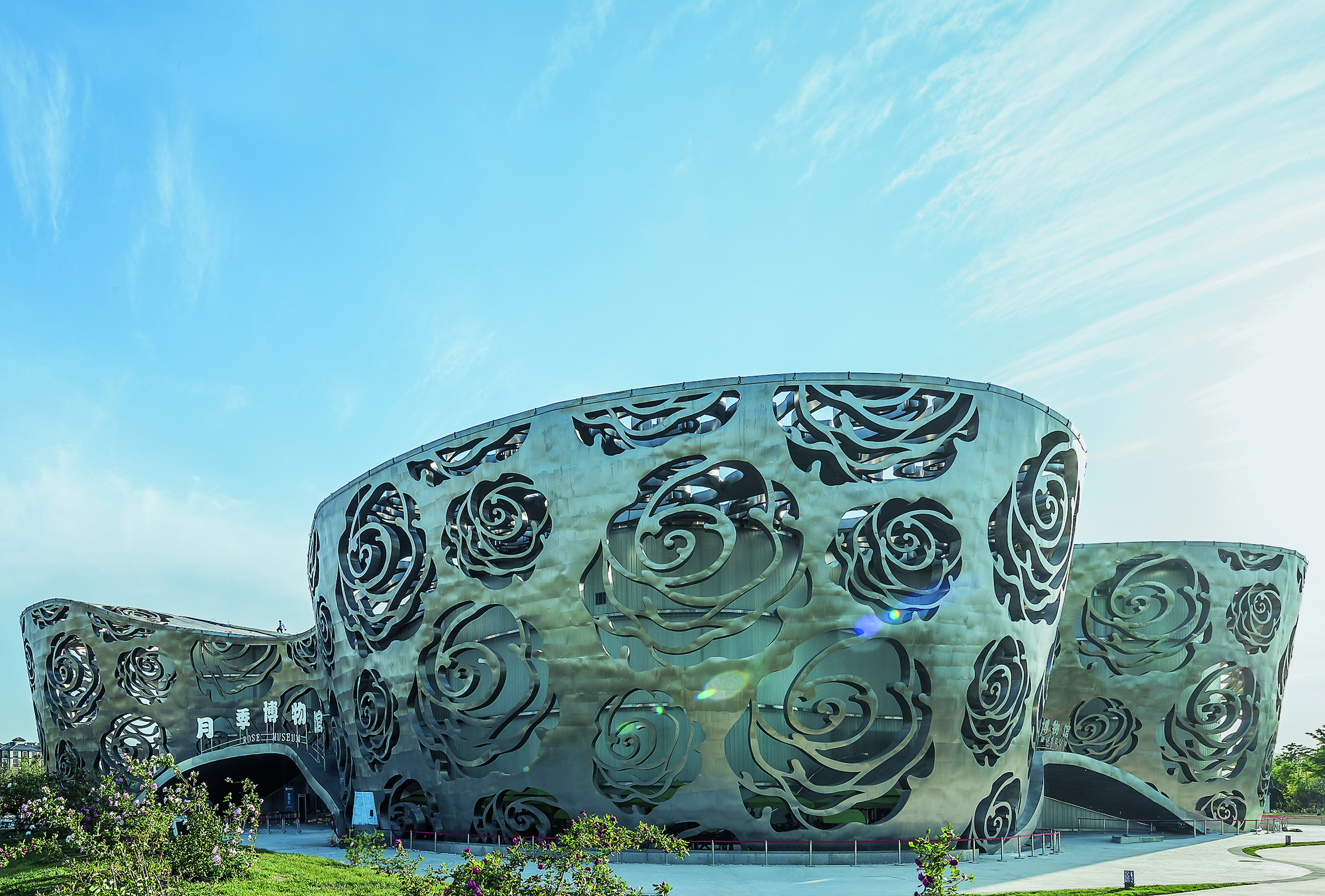
In the 21st century we have seen a renaissance in roses and not only within naturalistic settings. In 2021, NEXT Architects designed a modernistic metal building to house Beijing’s new Rose Museum — imagine, a whole museum dedicated to one flower (above). And, once again, the rose has become highly politicised. In the past, there’s Britain’s War of the Roses and Germany’s anti-Nazi youth movement — which employed a white rose as their symbol of choice. In the present, the bloom has been harnessed to draw attention to vital issues such as racial equality, identity, sexuality, female genital mutilation, fair trade, sustainability and the environment.
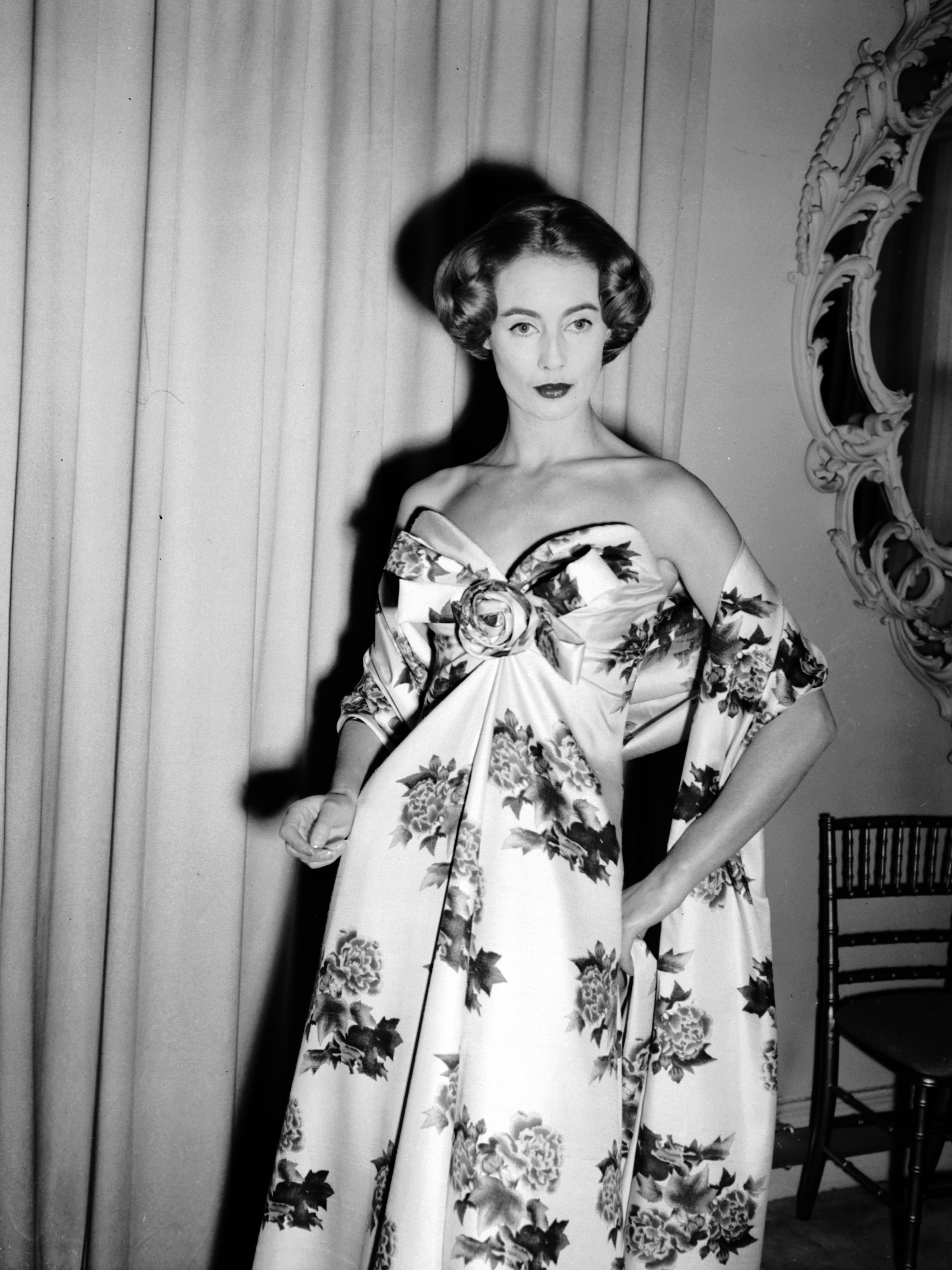
An evening dress of rose-printed shantung by Christian Dior
My own special interest lies in the myriad ways in which the rose has inspired fashion, textiles, folk costume; everyday, sub-cultural and fancy dress, jewellery, body art and grooming. In Ancient Rome, a culture renowned for its extreme adoration of roses, it was men who wore perfume made from roses (women preferred more pungent scents). In the 18th century, the western male elite wore the most magnificent flower-embroidered garments and accessories. It was not until the mid-19th century that roses became synonymous with female fashion.
Roses are a fashion mainstay. It is couture designers Charles Frederick Worth, Christian Dior and Alexander McQueen — the latter dressing a male, female and gender-neutral clientele in extraordinary rose-inspired garments — whom I crown as fashion’s greatest rosarians.
Exquisite houses, the beauty of Nature, and how to get the most from your life, straight to your inbox.
Today, year-round, the world’s wealthiest consumers purchase roses grown by the world’s poorest workers. Standard, long-stemmed and budded roses that have little fragrance and drain local water resources — all before being flown round the world. They are not beautiful and they are certainly not romantic. Happily, there is a shift afoot, spearheaded by florists such as Shane Connolly — who was employed by TRH The Prince and Princess of Wales for their wedding — who are urging us to buy roses that are grown locally and in season. Roses that are truly ravishing.
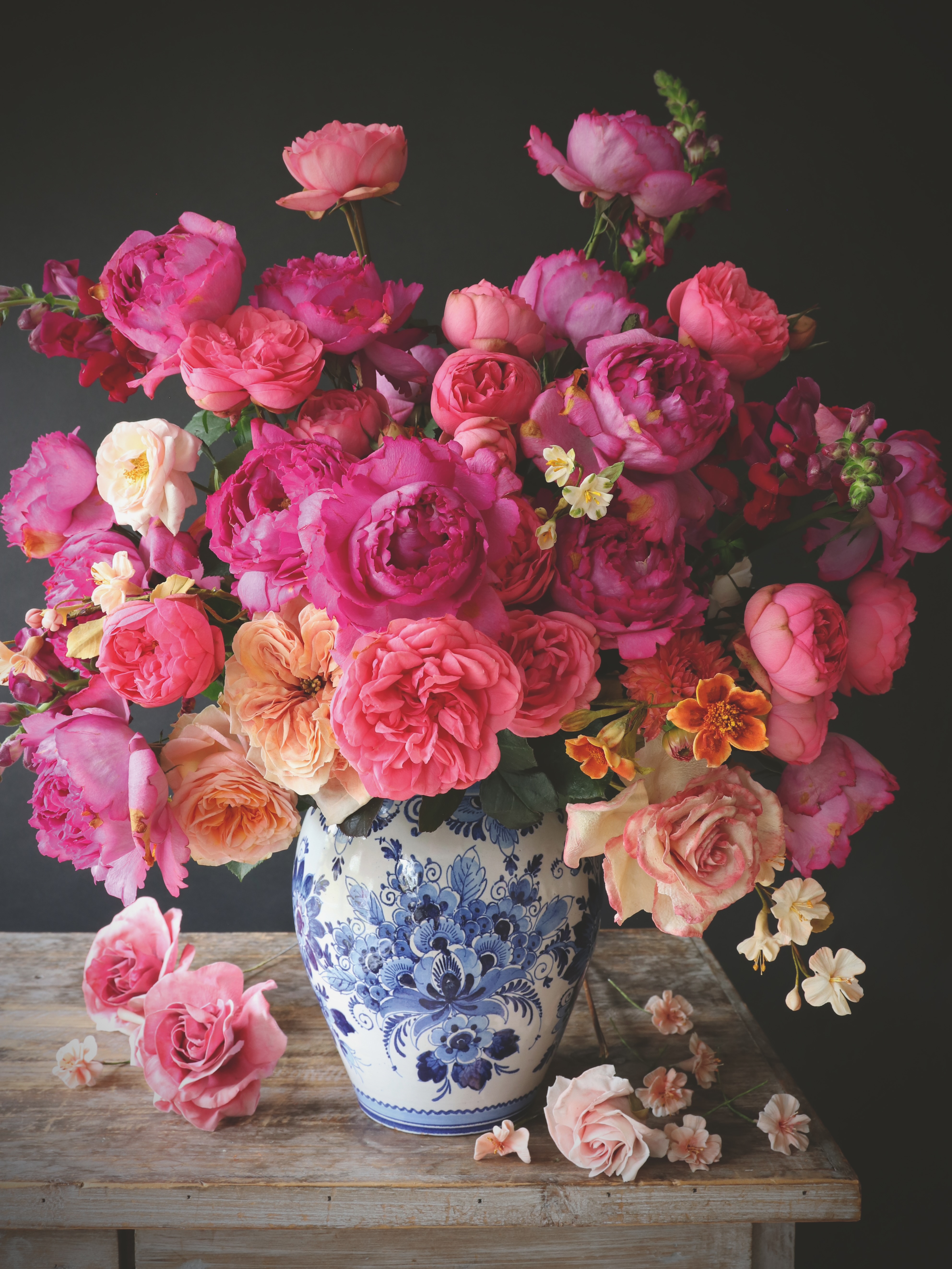
Natasja Sadi's 2023 'Arrangement'
'Catherine's Rose' is available to pre-order now. Delivery of the bare root plants is scheduled for Autumn 2025
The Rose Book (£34.94) is published by Phaidon on April 3.
Amy de la Haye is Professor of Dress History and Curatorship, and joint director of the research Centre for Fashion Curation at London College of Fashion, University of the Arts London.
